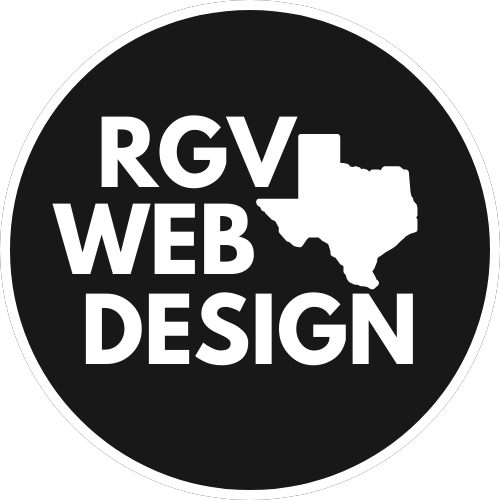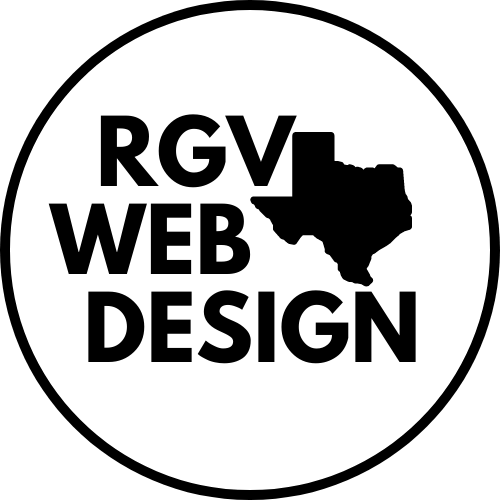
In the vast and dynamic world of web design, understanding the different types of approaches is essential for creating impactful and user-friendly websites. Let’s explore the three primary types of web design and how they cater to diverse needs in the digital landscape.
1. Static Web Design:
Static web design is the traditional and foundational approach to building websites. In this method, each webpage is individually designed and coded, with fixed content that remains unchanged unless manually updated by a developer. Static websites are simple, fast to load, and easy to host, making them an ideal choice for small businesses, portfolios, or informational sites.
Pros:
- Quick loading times.
- Easy to host and cost-effective.
- Well-suited for sites with limited content that doesn’t require frequent updates.
Cons:
- Limited interactivity and dynamic content.
- Manual updates are required for any changes.
- Not suitable for websites with complex functionalities.
2. Dynamic Web Design:
Dynamic web design takes a more interactive and flexible approach. Content on dynamic websites is stored in a database and fetched in real-time based on user interactions. This allows for more personalized and engaging user experiences. Content management systems (CMS) like WordPress, Joomla, or Drupal are often used to facilitate dynamic web design, empowering users to update and manage content without extensive technical knowledge.
Pros:
- Allows for real-time content updates and interactivity.
- Suitable for websites with frequently changing content.
- Content management systems make updates accessible to non-developers.
Cons:
- Can be more resource-intensive and slower to load than static sites.
- May require more robust hosting solutions.
- Initial setup and development may be more complex.
3. Responsive Web Design:
With the proliferation of various devices, responsive web design has become a critical approach to ensure optimal user experiences across screens of all sizes. This method involves creating websites that adapt and respond to the user’s device, whether it’s a desktop, tablet, or smartphone. Responsive web design uses flexible grids, images, and CSS media queries to achieve fluidity and consistency in layout and functionality.
Pros:
- Ensures a consistent user experience across devices.
- Single codebase simplifies maintenance.
- Supports SEO efforts by providing a unified URL structure.
Cons:
- Initial development may require additional considerations.
- Requires thorough testing across various devices and browsers.
- May involve more complex CSS and design considerations.
Conclusion:
In the realm of web design, choosing the right approach depends on the goals, content, and functionality of a website. Whether opting for the simplicity of static design, the interactivity of dynamic design, or the adaptability of responsive design, understanding these three types empowers designers and businesses to make informed decisions that align with their objectives. As technology continues to evolve, the blending of these approaches becomes increasingly common, providing even more versatile and robust solutions for the digital landscape.
References:
- “Static vs. Dynamic Website: What’s the Difference?” – WebFX
- “Understanding Dynamic Web Pages” – W3Schools
- “Responsive Web Design Basics” – Mozilla Developer Network
- “Pros and Cons of Responsive Web Design vs. Mobile Website” – CSS-Tricks
- “Static vs. Dynamic vs. Headless CMS: What’s the Difference?” – Contentstack





